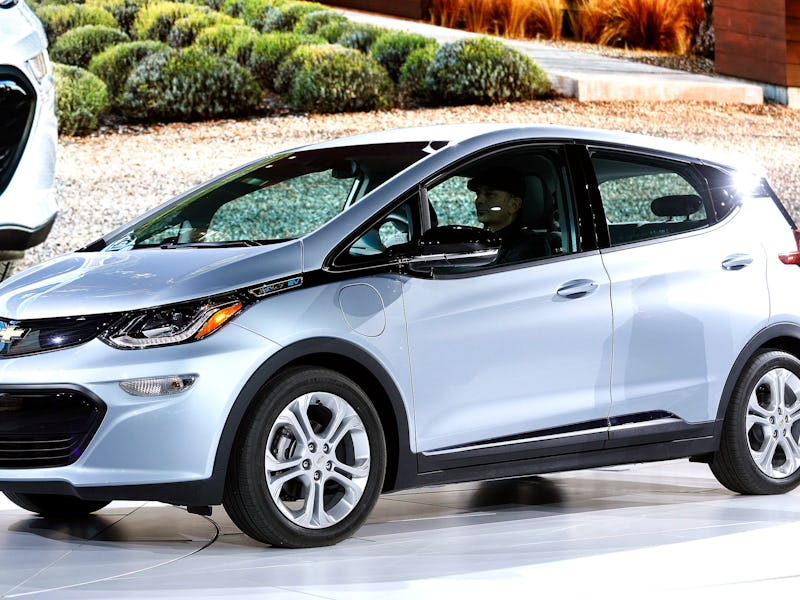The Chevrolet Bolt, General Motors’ entry-level electric vehicle, is not a big money maker. A recent report revealed that the company loses around $9,000 from each $36,620 vehicle. This phenomenon is not unique to Chevrolet, and across the broad, electric vehicle makers are struggling to turn a profit. A combination of new technologies and nascent infrastructure has led to a situation where automakers are pouring money into the vehicles in the hope they’ll have a leg up on the competition years down the line.
In November, Bloomberg reported that the company loses money on each vehicle, but strict regulations about average fuel economy output means General Motors is incentivized to push electric vehicles. It also means that, as prices drop, GM will have the resources and facilities to ramp up production.
The major cost factor in an electric vehicle is the battery. A report in January from McKinsey & Company found that batteries cost around $1,000 per kilowatt-hour (kWh) in 2010. By 2016, prices had dipped to $227. The Bolt comes with a 60 kWh battery, meaning it costs around $13,620 at the 2016 rate.
This downward trend is expected to continue. McKinsey & Company project battery prices reaching $190 per kWh in 2020, dipping below $100 per kWh by 2030. This, the company claims, would mean GM could lower the price of the Bolt to below $30,000, as the battery would cost less than half its price in 2016 at less than $6,000. This would mean a possible way forward for electric vehicles to compete effectively with traditional cars on price.
Of course, not all automakers pay the same for batteries, which is why getting a foot in the door is so important in the early stages. Manufacturing capabilities greatly dictate price, and the ability to produce batteries en masse can help drive prices down.
Chevrolet Bolt on stage.
LG, which makes the components for the Bolt including battery, operates a production facility in Holland, Michigan, that produces around 650 MWh worth of batteries each year, enough for a few thousand Bolts. In February, the company announced plans to boost production, potentially reaching annual production rates of 1 GWh, with the potential to rise to 3 GWh.
Tesla, on the other hand, is currently building a 5.8 million square foot “Gigafactory” in the Nevada desert, with the ultimate goal of reaching annual output of 35 GWh when complete. The company claims it has already dropped below $190 per kWh and expects to drop below $100 by 2020.
Although it may seem strange that a smaller company could win out on production output, it’s important to note that the Bolt represents a slither of the company’s annual production rate of around nine million cars. Reports claim that General Motors is aiming for an annual Bolt production rate of 20,000 to 30,000 cars per year, with the ability to hit 50,000 if needed. Tesla, on the other hand, produces around 100,000 electric vehicles a year and plans to reach 500,000 by 2018.
It’s not just Tesla competing for a slice of battery production pie. Benchmark Mineral Intelligence tracks 15 Gigafactory-like projects underway with annual production capacity of 230 GWh. This would be enough to produce 3.5 million extra electric vehicles per year.
“The journey to the mythical $100 per KWh has sped up in the last few years and we’ll definitely arrive by 2020,” Sam Jaffe, managing director of Cairn Energy Research Advisors told investors at a Benchmark Mineral Intelligence event. At least then GM might actually make money on the Bolt.
